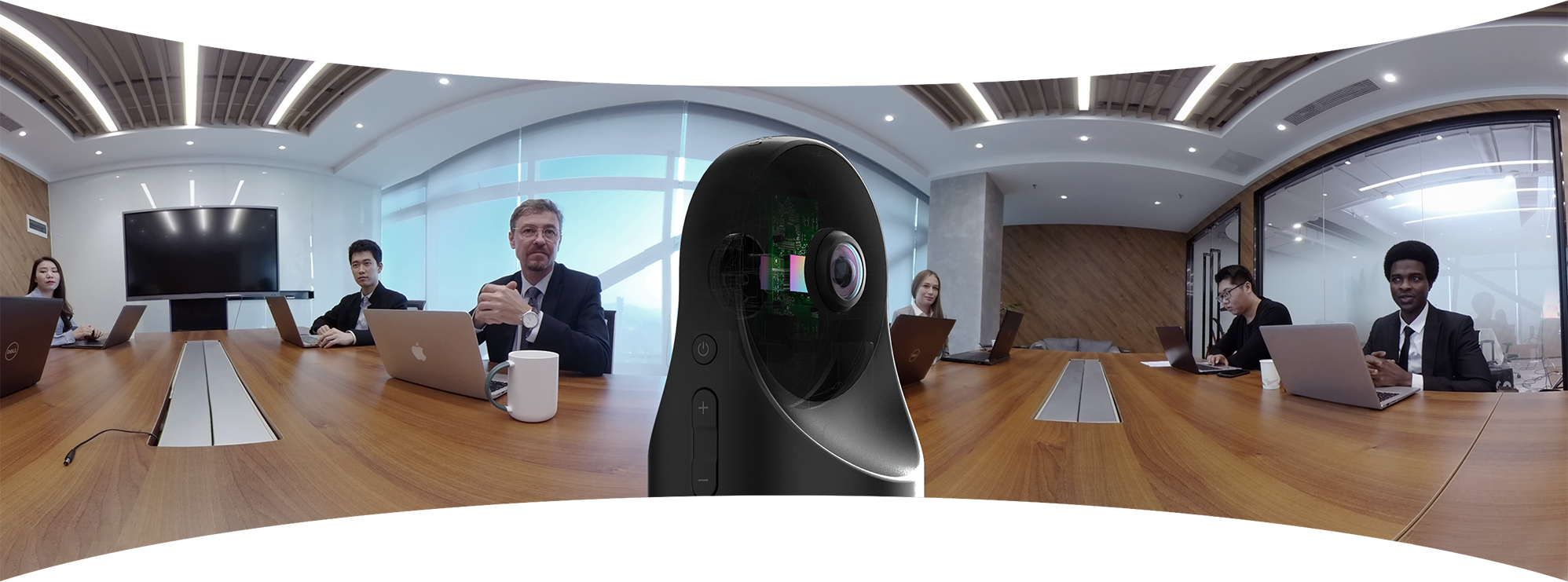
Having a clear understanding of the nuances associated with remote work terminology can provide you with a better understanding of the options available to you and what would suit you best. Although terms like telecommuting, telework, and remote work share the commonality of involving various forms of working remotely, each presents its own unique opportunities and challenges.
Thanks to technological advancements, the workplace has undergone a transformation, allowing employees to work from locations other than the office, such as their homes or while traveling. While some employers may use "telecommuting" and "remote" interchangeably, these two concepts offer distinct types of work arrangements. Understanding the differences between these forms of employment can assist you in locating a job that fits your needs and preferences.
This article aims to compare telecommuting and remote work, provide relevant terms associated with each type of work, and highlight some of the key differences between the two. So, let's delve into the subject and explore telecommuting vs. remote work vs. telework.

What is Telework?
Telework is a broad term that covers all types of work that can be performed remotely, similar to telecommuting. The primary distinction between telework and remote work is that telework typically entails a connection to an official location. It encompasses all forms of work that can be completed outside of the traditional workplace.
Teleworkers may or may not frequently visit the conventional office for meetings, conferences, and other activities. It is an ideal choice for professions that involve research, writing, data analysis, telemarketing, and other similar jobs.
What is Remote Work?
Remote work encompasses all forms of work that are carried out away from a traditional on-site location. While working from home (WFH) is a prevalent type of remote work, it is not the only one.
Remote work can encompass telework done by traditional employees, as well as the work performed by remote support staff (also known as "virtual employees"). It also includes independent work carried out by freelancers/contractors and traveling remote workers (known as "digital nomads").
As long as a stable internet connection is available, remote workers can work from anywhere, such as a nearby cafe, bookstore, or even a different state. The most common categories of remote work include development and IT, design and creative, writing and translation, sales and marketing, admin and customer support, finance and accounting, as well as branches of finance, legal services, engineering, and architecture. These categories cover a vast range of skill sets.
What is Telecommuting?
Telecommuting is a type of teleworking where an individual works from an office or off-site location for a specified duration, such as working from home or a client's office a few days a week. The primary objective of a telecommuting work arrangement is to reduce the employee's daily travel.
The employer determines the amount of time per week or month allocated for telecommuting, which should be based on the benefits for both the employer and employee, creating an ideal workflow that benefits everyone. For certain fields and workflows, telecommuting one or two days a week may be the most suitable option, while working remotely most of the time may be more effective for others.
Telecommuting, also known as telework, refers to an employee performing their job duties from an off-site location, including another branch of the primary office, a shared co-working space, a public place, a retail establishment, or their home. Telecommuters do not always require internet access or constant communication with their employer as they work off-site. Typically, they monitor their workflow and complete projects independently.
Telecommuting vs. remote work
Telecommuting and remote work share some similarities, but there are differences that distinguish them as separate categories of work. These differences include:
On-site attendance:
Remote workers typically have no obligation to go into the office and can complete all their duties from an off-site location. Telecommuting policies, on the other hand, often require regular check-ins or visits to the office, usually on a weekly basis. Some employers may require employees to work mostly on-site, with telecommuting as an occasional option.
Distance:
Telecommuters usually live within commuting distance of their workplace to attend regular meetings and check-ins. Many telecommuting positions require employees to live within the same city or state as the employer. Remote workers, however, can live anywhere, even in different countries.
Flexibility:
Remote workers have greater flexibility because they can work from anywhere and set their own schedules. They can fulfill their work responsibilities even while traveling. Telecommuting also allows for some flexibility, but employees may experience limitations, especially with occasional on-site attendance or in-state residence requirements.
Responsibilities:
Remote workers may have a narrower scope of responsibilities because they may not have access to resources that are only available on-site.Telecommuters, however, have greater access to these resources since they can visit the office. As a result, they may have a wider range of duties.
In summary, remote work offers greater flexibility and location independence, while telecommuting often requires some level of on-site attendance and closer proximity to the employer.
Communication methods in Telecommuting
Instant messaging and chat services have become the primary communication method for many offices due to their convenience and ease of use. While these platforms are useful for quick discussions and collaboration, employees who work remotely require more than just text-based communication to feel connected to their in-office colleagues. Therefore, it's important to make frequent phone calls and video conferences a part of your routine with remote workers to ensure nothing gets lost in translation.
By using communication technology appropriately, companies can maintain their culture even with full-time telecommuters. It's easy for telecommuters to feel disengaged and excluded, so it's essential to make sure they still feel like part of the team. This fosters overall productivity and gives telecommuters a sense of making progress and impact, even when working from afar.
Videoconferencing is particularly useful for creating a feeling of in-room presence, allowing remote workers to communicate both verbally and nonverbally. Additionally, videoconferencing connects people regardless of location, enables participants to present information on-screen, and facilitates collaboration. However, it's crucial to use such meetings wisely, as unproductive video meetings can be frustrating for everyone involved and waste money for the business. Kandao meeting pro is designed to provide a more immersive experience by capturing a panoramic view of the meeting space, allowing participants to see and hear everything that's happening in the space.

Be Prepared for Telecommuting
To successfully implement telecommuting in your organization, it's important to have a thorough understanding of what it entails, its benefits, and the challenges it presents. Rather than addressing issues as they arise, a solid framework needs to be designed and clearly communicated to remote workers.
Videoconference calls have become an integral part of modern business, but they can also be inefficient and awkward if not managed properly. Fortunately, following the above tips can help improve the experience. If your organization is still struggling with video conferencing, consider whether your current device is suitable for your needs and check out our roundup of the best video conferencing cameras for businesses.
